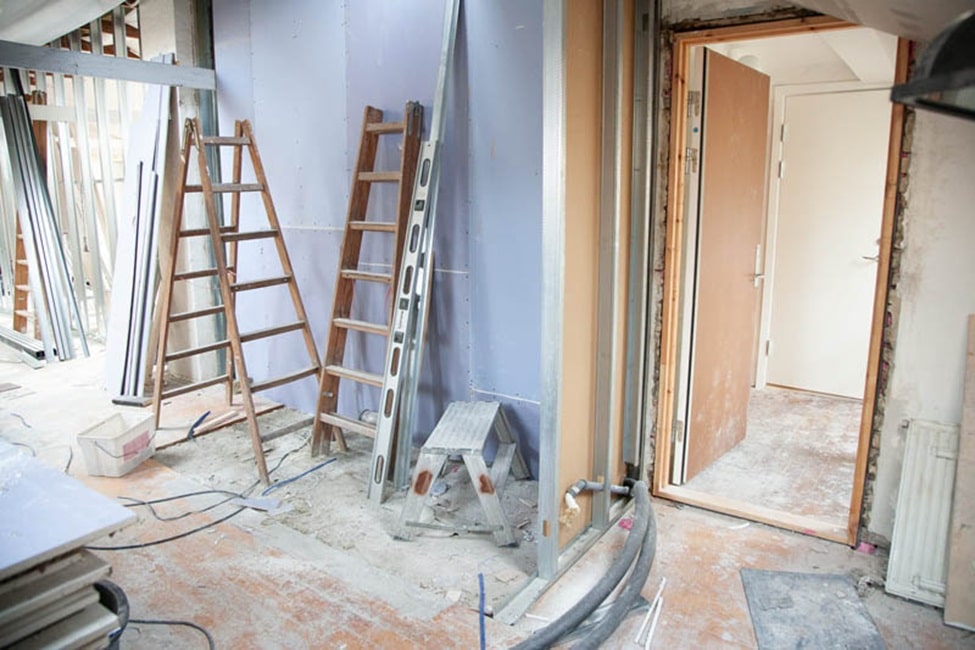The distinction between renovation and remodeling is often overlooked by homeowners who frequently use these terms interchangeably without delving into their technical meanings. However, it’s worth noting that, from a technical perspective, they hold different implications. Remodeling involves altering the structure or form of something that already exists, for instance, converting a powder room into a bathroom with a shower. In contrast, renovation entails the replacement of something old with something new, such as the removal of old carpeting and the installation of new hardwood floors.
Over time, the fine nuances between these terms have become increasingly blurred, and nowadays, people tend to use them interchangeably without giving much thought to their distinct definitions.
Pricing a Remodel or a Renovation
According to Mia Liang, Marketing Director of Reflective Tape Manufacturer, it’s widely recognized that remodeling generally carries a heftier price tag compared to renovation. This cost disparity can be attributed to the intricacies of remodeling, which requires navigating existing structures. In a remodel, there are intricate design factors to consider since it entails adjusting or integrating existing elements. Factors such as electrical configurations, plumbing, load-bearing walls, and other construction-related concerns might necessitate relocation, bringing about additional expenses. A classic example is the decision to switch the locations of your kitchen and living room, believing the new arrangement will offer better functionality and spatial flow.
Conversely, a renovation primarily focuses on refreshing the aesthetics of a space without undergoing substantial changes. This could involve repainting walls, introducing new light fixtures, or updating doors. Essentially, the essence of the room remains intact; it merely receives a facelift.

Renovate and Flip
According to Michael Campbell, Owner of SAT Stained Concrete, there’s a common misunderstanding when individuals refer to the process of “renovating” in the context of properties bought for flipping. While purchasing a property with the intent to enhance its features and subsequently sell it for a profit is a common practice, the terminology used to describe this action can sometimes be misleading. The extensive work and modifications undertaken to elevate a property’s value and appeal might seem synonymous with renovation, but the context is different.
In a typical renovation, the primary focus is often on refreshing and updating an existing structure without necessarily altering its fundamental design. In contrast, flipping usually entails more drastic changes to improve the property’s market value and desirability, often involving both renovation and remodeling. Hence, while the term “renovate” may be frequently used in the world of flipping, it might not always capture the full scope of the transformation that such properties undergo.
Take the Time to Plan Your Project
Many home endeavors intertwine elements of both remodeling and renovation. Beyond the semantics, what truly matters is meticulous planning for your project. Begin by identifying sections of your home that you wish to alter or enhance, then distribute your budget accordingly, prioritizing the most critical areas and proceeding to the subsequent ones.
Being pragmatic in your approach is equally vital. Evaluate the necessity of certain additions or changes: ponder on the real utility of adding a shower to the powder room or the actual frequency of use for an envisioned guest bedroom before committing a significant portion of your budget. For instance, if a spacious kitchen island promises to revolutionize your daily routines, then it deserves to be at the top of your list, William Clark of SATX Concrete Contractors added.

Conclusion
In the world of home improvements, understanding the nuances between terms like “renovation” and “remodeling” can guide homeowners in articulating their vision and aligning their expectations. However, beyond the technicalities and definitions, the essence of any project lies in the value it adds to a home and the comfort it brings to its inhabitants.
As homeowners embark on their journey to transform spaces, the emphasis should always be on meticulous planning, setting clear priorities, and making informed decisions. By doing so, not only will the home evolve in form and function, but it will also become a more personalized sanctuary, reflecting the tastes and preferences of those who dwell within.

